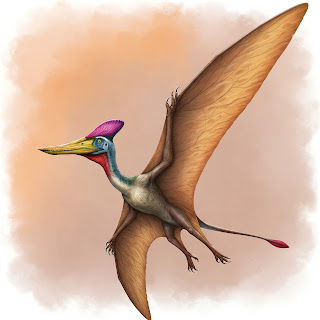Imagine a world where pterosaurs didn't just soar, but swung through trees like monkeys. A recent discovery in China suggests this might not be pure fantasy. A few years ago, paleontologists unearthed a remarkable pterosaur fossil: a creature with opposable thumbs. This species, Kunpengopterus antipollicatus (nicknamed 'Monkeydactyl'), lived roughly 160 million years ago and represents a pivotal moment in pterosaur evolution. It's important to clarify that while often mistaken for dinosaurs, pterosaurs were a distinct group of flying reptiles, closely related to, but separate from, the dinosaurs.
Though Monkeydactyl retained a classic pterodactyl-like body, its unique thumb structure hints at a potential shift towards arboreal life, perhaps even capable of navigating the forest canopy and soar above it.
The discovery of Kunpengopterus antipollicatus establishes it as the earliest known reptile, and indeed one of the earliest animals, to possess opposable thumbs. This unique adaptation, coupled with the fossil site's rich assemblage of 150 other arboreal species, strongly suggests that Monkeydactyl thrived in a densely forested environment. It's fascinating to consider that this ancient habitat shares similarities with those inhabited by early Homo sapien ancestors.
Given this context, it's not entirely unreasonable to speculate that descendants of Monkeydactyl might have undergone convergent evolution, developing traits analogous to modern monkeys and apes. Some lineages could have become increasingly specialized for arboreal life, exhibiting monkey-like features. While other branches might have evolved distinct adaptations, perhaps even resembling the mythical griffin, if we allow our imagination to roam. In such scenarios, the selective pressures of a forest environment could have led to the gradual reduction or even complete loss of wings in certain pterosaur lines.





No comments:
Post a Comment